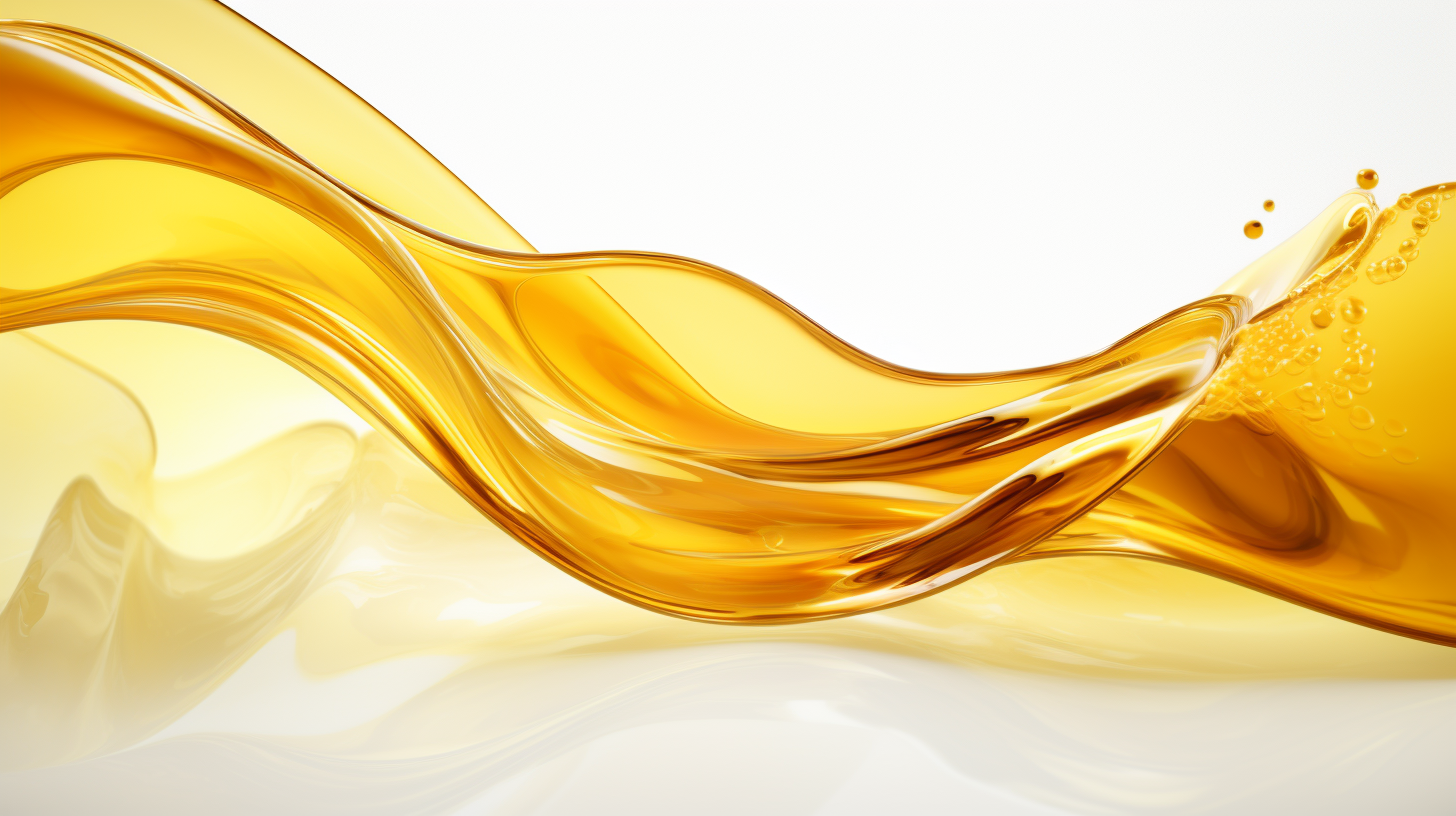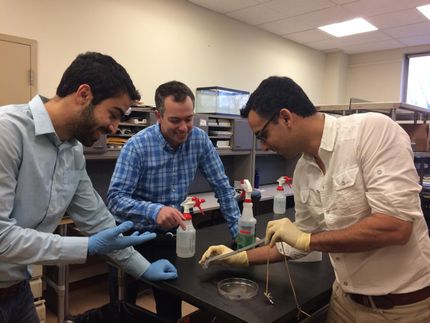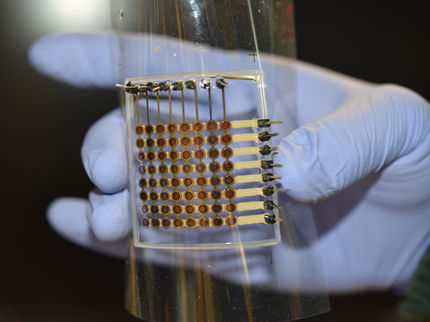In Flow State
Ever wonder why you have to shake your bottle of ketchup or mustard before pouring? Or why, to get out of quicksand, you must move slowly? Or why you can run on the surface of a suspension of cornstarch in water, but you’d sink if you tried to walk on it?
The common feature of all these conundrums are non-Newtonian fluids, whose mechanical properties change depending on the level and type of force applied to them. They’re encountered all the time in daily life, but most people don’t know just how highly engineered they can be, with carefully formulated particles, polymers and other additives to give them their desired flow behavior.
“To design these fluids, you need to understand these same properties from both an application and processing standpoint,” said Matthew Helgeson , a professor in the UC Santa Barbara Department of Chemical Engineering. “For instance, condiments are designed to be thick so you can get them out of the bottle and spread them on your sandwich without running all over the place, but at the same time they need to be able to be mixed and bottled quickly when made in the factory.”
Despite their ubiquitous use, these and other complex fluids are challenging to engineer because the relationships between microscopic behavior and flow properties are difficult to observe, said Helgeson. On a macroscopic level it’s easy to see how the material responds to stress, but what happens structurally as it reacts to force remains somewhat of a mystery.
However, that engineering quandary is about to change. In a partnership with Austria-based laboratory instrumentation manufacturer Anton Paar, Helgeson’s lab has developed new measurement methods for a specialized, state-of-the-art rheometer that not only allows researchers to characterize the mechanical behavior of non-Newtonian liquids and soft matter, but also to witness at the microscopic level how the fluid and structures flow and deform in response to stress. The knowledge generated by this type of instrumentation will have wide applications in academic and industrial research.
A typical rheometer usually consists of two moving surfaces, such as concentric cylinders, that rotate to cause the fluid to deform. By measuring the force required to rotate the cylinders, it is possible to determine the mechanical properties of the fluid. It is usually impossible to see the flow in these geometries, and so it is assumed that the amount of deformation in the fluid between the surfaces is the same everywhere, as is the case for a Newtonian liquid such as water.
Not so with many non-Newtonian fluids, according to Helgeson.
“It gets much more complicated,” he said. “Typically what happens is that you get a little region that yields so that it’s flowing, and everything else is just sitting there or moving very slowly.” More force does not always equal more flow, he added, until the yielded region grows to fill the fluid volume.
“This transition that goes from not flowing to flowing is important for a wide range of complex fluids,” said Helgeson. And the details of flow in this process, he explained, are often inaccessible to rheometers, which are typically only sensitive to the fluid flowing right at the surfaces.
“One of the advances of this instrumentation we’ve developed with Anton Paar is the ability to directly visualize what’s going on in the flow,” Helgeson said. With the help of laser optics and light-scattering particles, researchers will be able to track the fluid deformation and use it to understand what is happening in the fluid’s microstructure.
“If you want to engineer these fluids, you really need to be able to characterize what’s going on in the flow to cause the macroscopic response that you measure,” he said.
As manufacturing methods and materials become more sophisticated, this knowledge will become essential. For example, to be able to use new and different types of materials for 3D printers and additive manufacturing, the colloidal and polymeric inks used need to be able to flow through the nozzle with ease yet harden flawlessly to achieve the desired structure.
According to Helgeson, the partnership with Anton Paar is unusual in that UCSB researchers are having a hand in the creation of new instrumentation and measurement methods before they become commercially available.
“In that sense, the partnership is really a two-way street,” he said. “The new rheometer provides us with state-of-the-art measurement capabilities, and at the same time we’re providing new tools and analysis that others in the scientific and industrial community can use.”
Other news from the department science
These products might interest you
Most read news
More news from our other portals
See the theme worlds for related content
Topic world Rheology
Rheology deals with the flow behavior and deformation properties of materials. In the chemical field, it is indispensable for understanding the consistency, viscosity and elasticity of liquids, gels and solids. Whether formulating paints, producing polymers or optimizing food textures, rheological properties influence how substances react, move and feel.

Topic world Rheology
Rheology deals with the flow behavior and deformation properties of materials. In the chemical field, it is indispensable for understanding the consistency, viscosity and elasticity of liquids, gels and solids. Whether formulating paints, producing polymers or optimizing food textures, rheological properties influence how substances react, move and feel.































































